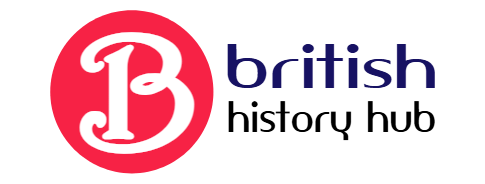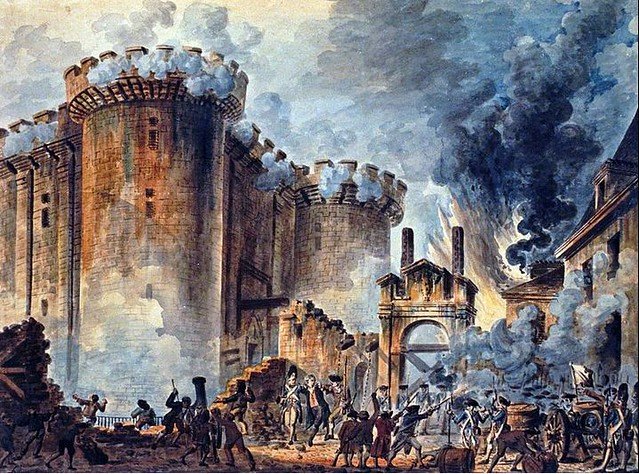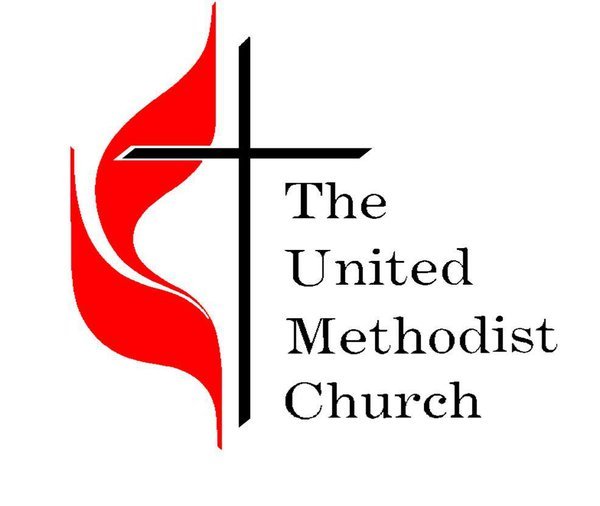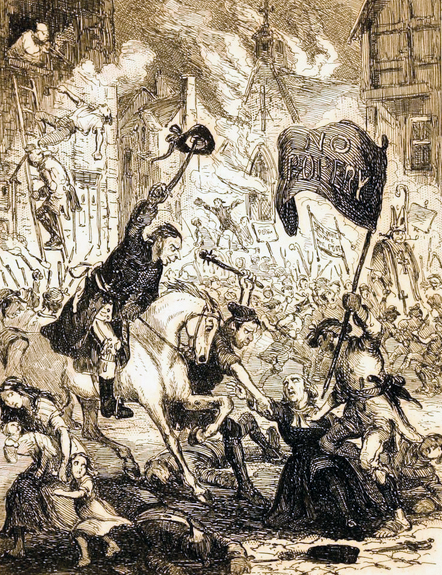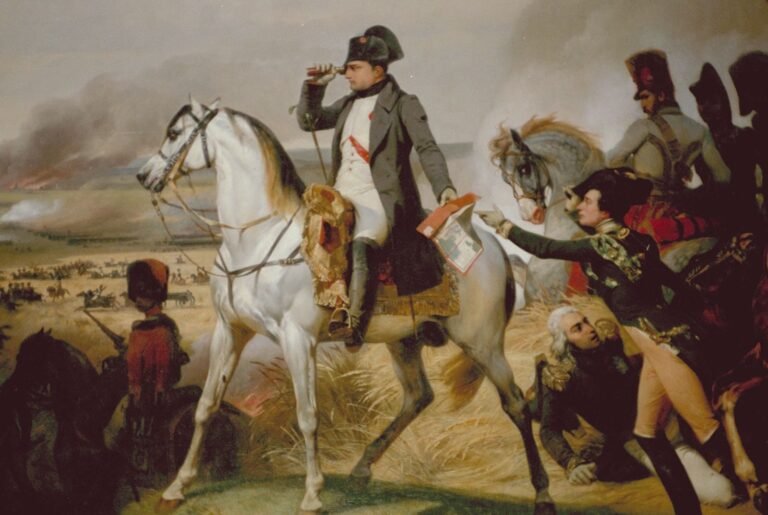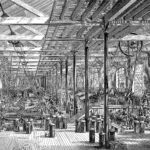The French Revolution was a pivotal event in world history. It reshaped France and influenced many nations.
Understanding the French Revolution offers insights into the birth of modern democracy. From 1789 to 1799, France underwent massive social and political upheaval. The common people, tired of oppression, rose against the monarchy. This period saw the end of absolute monarchy and the rise of the republic.
Key figures like Robespierre and Napoleon emerged, leaving a lasting impact on French society. The revolution also brought about significant changes in art, culture, and human rights. Exploring this era reveals the struggles and triumphs that shaped the modern world. Dive in to discover the events that revolutionized France and set the stage for contemporary politics.
The Spark Of Revolution
The French Revolution was a turning point in history. It changed the course of nations and societies. The spark of revolution ignited in the late 18th century. This period was marked by great unrest and desire for change. People wanted liberty, equality, and fraternity. The revolution began with a few key events and figures. These individuals and causes set the stage for a new France.
Early Revolutionary Figures
Several key figures emerged in the early stages of the revolution. Maximilien Robespierre was one of them. He was known for his dedication to the common people. Another important figure was Georges Danton. He was a passionate and charismatic leader. Jean-Paul Marat also played a crucial role. His writings inspired many to rise against the monarchy. These leaders became symbols of change and revolution.
Causes Of The Uprising
Many factors contributed to the uprising. Economic hardship was a major cause. The common people faced high taxes and low wages. The country was in debt and the monarchy spent lavishly. Social inequality also fueled anger. The nobility enjoyed privileges while the commoners suffered. Enlightenment ideas spread, promoting liberty and equality. The American Revolution inspired the French. People believed they could overthrow a tyrannical government. All these factors combined to ignite the spark of revolution.
The Role Of Women
During the French Revolution, women played a vital role. They fought for their rights and contributed to significant changes in society. Their courage and determination left a lasting impact on history. This section explores their influence and contributions.
Prominent Female Leaders
Several women emerged as leaders during the French Revolution. One notable figure was Olympe de Gouges. She wrote the Declaration of the Rights of Woman and the Female Citizen. Her work demanded equal rights for women. Another leader was Charlotte Corday. She took drastic actions to support her beliefs. These women inspired many and pushed for equality.
Women’s Contribution To Change
Women contributed to the revolution in many ways. They participated in protests and marches. The Women’s March on Versailles was a key event. Thousands of women marched to demand bread and political reforms. They also formed political clubs. These clubs allowed women to discuss and promote their ideas. Women also worked in support roles. They produced pamphlets and spread revolutionary ideas. Their efforts helped shape the revolution’s course.
Women proved their strength and resilience during the French Revolution. Their contributions were crucial to the movement’s success. Their legacy continues to inspire the fight for gender equality today.
Military Leaders
The French Revolution brought many changes, including in the military. The revolution produced some of the most famous military leaders in history. These leaders played crucial roles in battles and helped shape modern Europe.
Famous Generals
Napoleon Bonaparte stands out as the most famous general. He rose from a low-ranking officer to become Emperor of France. Napoleon was known for his brilliant tactics and leadership skills. His strategies are still studied in military academies today.
Another notable general was Jean-Baptiste Jourdan. He was a skilled commander and won several key battles. Jourdan is best remembered for his victory at the Battle of Fleurus.
General Louis Lazare Hoche also made a significant impact. He managed to quell internal rebellions and defend France’s borders. His leadership was vital in stabilizing the revolutionary government.
Key Battles And Victories
The Battle of Valmy in 1792 marked a turning point. French forces, led by Generals Dumouriez and Kellermann, defeated the Prussians. This victory boosted the morale of the French army and the revolution.
The Battle of Fleurus in 1794 was another important win. General Jourdan led French troops to victory against the Coalition forces. This battle secured French control over Belgium.
The Siege of Toulon in 1793 highlighted Napoleon’s talent. His successful strategies led to the recapture of the city. This victory began Napoleon’s rise to power.
Lastly, the Battle of Austerlitz in 1805 showcased Napoleon’s genius. Often called the Battle of the Three Emperors, it saw Napoleon defeat the Russian and Austrian armies. This battle is considered one of his greatest victories.
Political Visionaries
The French Revolution was a period of radical social and political change. The driving force behind this transformation was the political visionaries. Their ideas and actions reshaped France and inspired future generations. Let’s delve into the key thinkers who sparked this revolution.
Influential Thinkers
Many intellectuals contributed to the revolutionary ideas. Jean-Jacques Rousseau was one of the most notable. He believed in the concept of the general will and direct democracy. His works influenced the revolutionaries deeply.
Voltaire was another significant thinker. He advocated for freedom of speech and religious tolerance. His writings criticized the monarchy and the church, encouraging a spirit of reform.
Montesquieu also played a crucial role. He proposed the separation of powers within the government. This idea laid the foundation for modern democratic systems. These thinkers’ ideas became the bedrock of the revolution.
Founding Revolutionary Ideals
The political visionaries of the French Revolution had clear goals. They sought to establish a society based on liberty, equality, and fraternity. These ideals were a direct challenge to the existing feudal system.
A key document in this regard was the Declaration of the Rights of Man and of the Citizen. This declaration was inspired by the works of Rousseau and Montesquieu. It outlined the natural rights of individuals and the principles of democratic governance.
Let’s summarize the core ideals:
- Liberty: Freedom from oppressive rule.
- Equality: Equal treatment under the law.
- Fraternity: Unity and mutual support among citizens.
These principles guided the revolutionaries and shaped the new French Republic.
Grassroots Activists
The French Revolution was not just a story of grand battles and famous figures. It was also driven by grassroots activists. Ordinary people who believed in change. They played a crucial role in shaping the revolution. Their efforts, determination, and courage made a significant impact.
Popular Movements
Popular movements arose throughout France. People organized in their communities. They demanded better living conditions. Many joined local clubs and societies. These groups discussed ideas of liberty, equality, and fraternity. They held meetings, protests, and rallies. They inspired others to join the cause.
The Sans-culottes were among the most notable. They were working-class men and women. They wore plain clothes to show they were not aristocrats. They fought for economic equality and social justice. Their influence was strong in Paris.
Local Heroes
Local heroes emerged from these popular movements. They became symbols of resistance and hope. One such hero was Jean-Paul Marat. He was a journalist and politician. He used his newspaper to voice the people’s struggles. His words motivated many to take action.
Another local hero was Charlotte Corday. Though controversial, her actions had a lasting impact. She believed in the revolution’s ideals. She took drastic steps to ensure its success. Her story is still remembered today.
These grassroots activists and local heroes were the heart of the revolution. They showed that ordinary people could make extraordinary changes.
The Dark Side Of Revolution
The French Revolution exposed the dark side of revolution. It led to extreme violence, chaos, and power struggles. Many lives were lost during this turbulent period.
Controversial Figures
The French Revolution, often portrayed as a beacon of liberty, also had a dark underbelly that cannot be overlooked. Within this tumultuous period emerged figures whose actions and ideologies sparked intense debate and division.
Revolutionary Violence
One of the most unsettling aspects of the French Revolution was the widespread violence that engulfed the nation. Acts of brutality and bloodshed became disturbingly common as the revolutionaries sought to upend the existing social order.
Cultural Icons
The French Revolution was not only a political upheaval but also a cultural renaissance. The era saw the rise of various cultural icons who shaped the intellectual landscape. These icons included artists and writers who used their craft to reflect the revolutionary spirit.
Artists And Writers
During the French Revolution, artists and writers played crucial roles. They captured the essence of the times. Writers penned powerful works that echoed the cries for freedom and equality. Artists created visual masterpieces that depicted revolutionary scenes.
Figures like Jacques-Louis David became prominent. David’s paintings immortalized key moments of the Revolution. His works stirred emotions and inspired the masses. Writers like Jean-Jacques Rousseau influenced revolutionary thought. Rousseau’s writings on democracy and social contracts resonated deeply.
Revolutionary Art And Literature
Revolutionary art and literature were tools of propaganda. They spread revolutionary ideals. Artworks depicted heroic acts and revolutionary leaders. Literature provided a voice to the oppressed and called for change. These creative expressions fueled the revolutionary fervor.
David’s painting, “The Death of Marat,” is a prime example. It portrayed the martyrdom of a revolutionary leader. This artwork became a symbol of sacrifice and devotion. Literature also thrived. Pamphlets, essays, and novels criticized the old regime and championed new ideas.
The revolution fostered a new wave of creativity. Artists and writers were inspired by the events unfolding around them. Their works continued to influence future generations. The cultural icons of the French Revolution left an indelible mark on history.
Legacy Of The Revolution
The French Revolution left a significant mark on history. Its influence extends far beyond the borders of France. The revolution transformed political, social, and economic landscapes. It inspired future movements and shaped modern societies in many ways. The legacy of the French Revolution is still evident today.
Lasting Impact
The French Revolution introduced the idea of democracy to many parts of the world. The concept of ‘Liberty, Equality, Fraternity’ became a global symbol. It challenged the traditional monarchies and aristocracies. Nations began to rethink governance and the rights of citizens. The revolution promoted the idea that all people deserve equal treatment.
It also brought significant changes to the legal system. The Napoleonic Code, established after the revolution, influenced many modern legal systems. It emphasized clear, accessible laws that applied to everyone. The revolution also sparked economic changes. Feudal systems were dismantled. Land and wealth were more evenly distributed. This created a foundation for modern capitalism.
Modern-day Reflections
Today, the French Revolution is often studied in schools around the world. It serves as an important example of the fight for human rights. Many modern movements draw inspiration from it. The revolution’s ideals continue to influence political and social debates.
National holidays like Bastille Day keep the memory of the revolution alive. Museums and monuments in France attract millions of visitors each year. They serve as reminders of the revolution’s impact. The revolution’s legacy also appears in art, literature, and film. These creative works help people understand the revolution’s significance.
In politics, leaders often reference the revolution. They use its history to justify policies or inspire change. The revolution’s call for equality and justice remains relevant. It reminds us that social change is possible. The French Revolution’s legacy continues to shape our world.
FAQs
What Caused The French Revolution?
The French Revolution was caused by social inequality, financial crisis, and political conflict. High taxes and food scarcity added to the unrest.
Who Were The Key Figures In The French Revolution?
Key figures included Louis XVI, Marie Antoinette, Maximilien Robespierre, and Napoleon Bonaparte. They played significant roles in different phases of the revolution.
What Was The Reign Of Terror?
The Reign of Terror was a period of extreme violence during the French Revolution. It involved mass executions of perceived enemies.
How Did The French Revolution Impact France?
The French Revolution led to the end of monarchy, rise of democracy, and secular society. It also inspired future revolutions worldwide.
Conclusion
The French Revolution changed history forever. It showed the power of people. Citizens fought for freedom and equality. Their bravery inspired future generations. Lessons from the revolution still hold value today. Understanding these events helps us appreciate our rights. Let’s remember and learn from the past.
The revolution’s impact continues to shape our world. Embrace the spirit of change and progress. Stay curious and informed.
